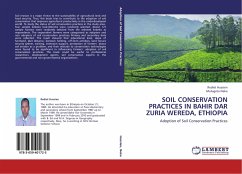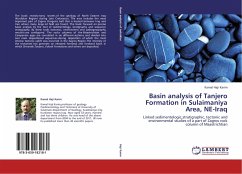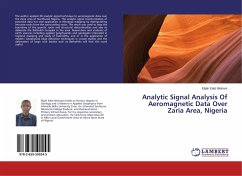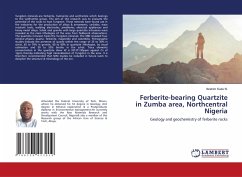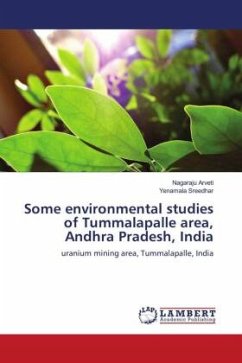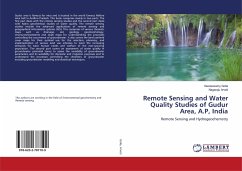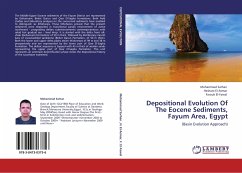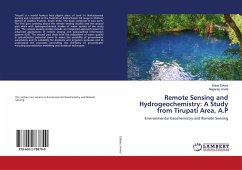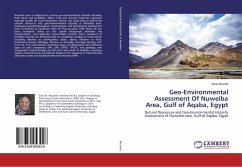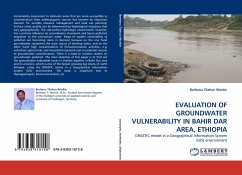
EVALUATION OF GROUNDWATER VULNERABILITY IN BAHIR DAR AREA, ETHIOPIA
DRASTIC model in a Geographical Information System (GIS) environment
Versandkostenfrei!
Versandfertig in 6-10 Tagen
32,99 €
inkl. MwSt.

PAYBACK Punkte
16 °P sammeln!
Vulnerability assessment to delineate areas that are more susceptible to contamination from anthropogenic sources has become an important element for sensible resource management and land use planning. Surface water quality can be determined by hydrological responses that vary geographically. The sub-surface hydrologic environment, however, has a primary influence on groundwater movement and hence pollutant migration to the sub-surface water. Maps of aquifer vulnerability to pollution are becoming more in demand because on the one hand groundwater represents the main source of drinking water, ...
Vulnerability assessment to delineate areas that are more susceptible to contamination from anthropogenic sources has become an important element for sensible resource management and land use planning. Surface water quality can be determined by hydrological responses that vary geographically. The sub-surface hydrologic environment, however, has a primary influence on groundwater movement and hence pollutant migration to the sub-surface water. Maps of aquifer vulnerability to pollution are becoming more in demand because on the one hand groundwater represents the main source of drinking water, and on the other hand high concentrations of human/economic activities, e.g. industrial, agricultural, and household represent real or potential sources of groundwater contamination. There is a need to conduct studies on groundwater pollution. The main objective of this paper is to find out the groundwater vulnerable zones in shallow aquifers in Bahir Dar area and its environs, which is one of the fastest growing big towns of north Ethiopia, using the DRASTIC model in a Geographical Information System (GIS) environment. The book is important tool to Hydrogeologists, Environmentalists, etc



